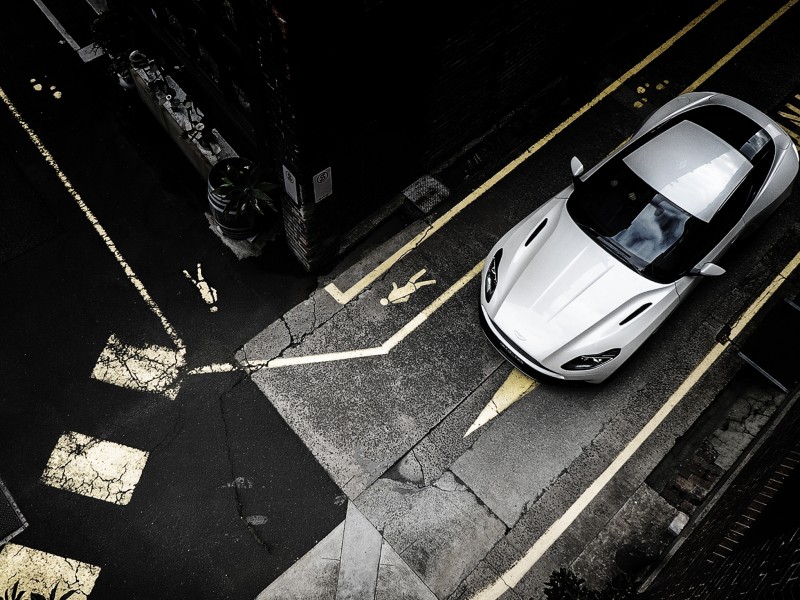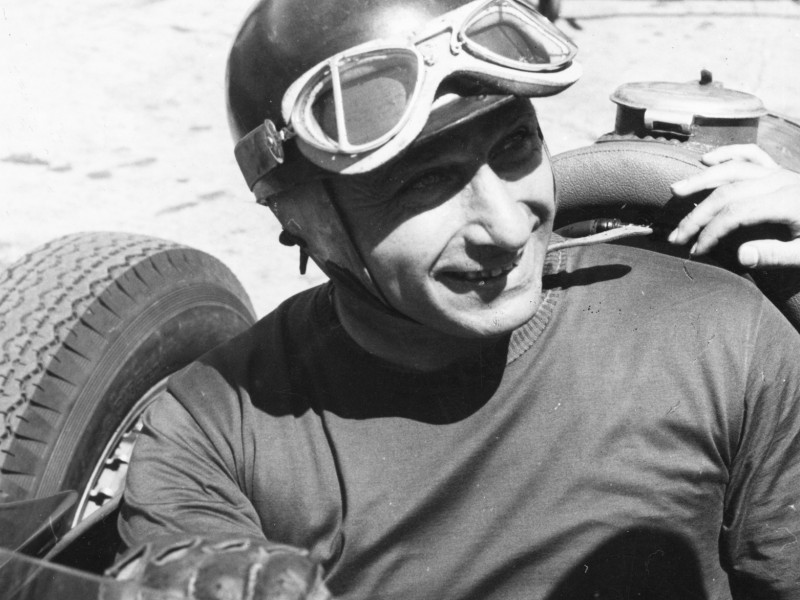John Wardle Architects (JWA) has unveiled its installation for the 2018 Venice Architecture Biennale. Invited by curators Yvonne Farrell and Shelley McNamara, the architecture studio is one of only two Australian practices whose work is included in the main exhibition, Freespace.
Being exhibited in the Arsenale, the installation, Somewhere Other, is the result of a multidisciplinary collaboration between the architects, an artist, filmmakers, artisans, engineers and joiners.
As founding Principal John Wardle explains: “An idea formed around the theme of translation and working between two distinctly different places: Australia and Venice.”
“To make this connection between ‘somewhere’ and ‘other’ we determined our exhibition to be a series of portals and thresholds that orchestrate various forms of engagement, from the most intimate to the most social, with opportunities for entering within, or standing back and observing,” Wardle says.
“The exhibition functions as an optical instrument that ‘thickens’, stretches, and demarcates the space between its location and the ‘other’ place of our practice and projects. It’s a framing device, and the idea of frames, views and perspectives—physical and conceptual—has long played an integral part in our architecture and thinking.”
Somewhere Other is a meticulously constructed structure made by joiners Jacaranda Industries and clad in spotted gum, an Australian native hardwood. Integrated with the installation’s portals, thresholds and viewing points are a series of screen-like mirrors and films—by artist Natasha Johns-Messenger and filmmakers Coco and Maximilian respectively—and an optical device created in collaboration with Venetian glass master Leonardo Cimolin.
“We always look for collaborative opportunities but this project in particular highlights the value of drawing upon others’ ideas to enrich the outcomes,” says Wardle.
An Australian artist now based in New York, Johns-Messenger is known for her spatial installations that use light, gravity, site and space to make us question what is real and what is not. She has a ten-year working relationship with John Wardle Architects.
“The capacity of Natasha’s work to confound perception and challenge what and how we see things led us to invite her into our project for Venice,” Wardle says.
Coco and Maximilian have, to date, created six short films based on John Wardle Architects’ projects. Created in a spirit of artistic collaboration, these films—which will be screened within the Somewhere Other installation—present experiential and emotional engagements with architectural space rather than being purely documentary exercises.
A cantilevered cone at one end of the installation tapers to a viewing portal, one inspired by two very different masks: Venetian carnival masks and the horizontal eye slit in legendary Australian bushranger Ned Kelly’s iron helmet. This portal immerses one viewer in a perfect single-point perspective view into the five-metre cone, and onto a widescreen projection of Coco and Maximilian’s films.
“It’s suggestive of the way we engage with interior space,” says Wardle of the resulting view.
At the other end of the installation is a U-shaped passageway where there is another film-screen, vertical this time and at human scale. This film, projected at an exact one-to-one scale with reality, presents a journey through a series of slender portals—passageways, windows and door openings—derived by Coco and Maximilian from previous John Wardle Architects projects.
This screen works in conjunction with Johns-Messenger’s intervention: two angled mirrors create the illusion that the filmic space is extensive and continuous, such that it enfolds the viewer.
“Together, these two films—one vertical at one-to-one human scale, the other in wide format—merge places within projects to convey the impression of a constant journey, through many portals and across many thresholds,” says Wardle.
A final portal is designed to be viewed from this same U-shaped passageway. A polished chrome cone embedded within the wall extends beyond the architecture through a funnel-shaped form blown in Venetian glass by master craftsman Leonardo Cimolin. A small mirror then refracts the view into the exhibition space of the Arsenale.
Referred to by Wardle as “the Venetian Portal”, this viewpoint has an opposite function to the others. Whereas they are concerned with the translation of the “somewhere other” of the southern hemisphere this vantage underlines our perception of the architectural pavilion space. The two are conceived to work in tandem, each underlining—but also questioning—the other.
“An instrument is created to see what otherwise cannot be seen. This recasts portals, thresholds and edges as ‘free spaces’ that give visitors a vantage point to experiences beyond their immediate physical space, to Somewhere Other,” Wardle concludes.
Curated by Yvonne Farrell and Shelley McNamara, the 2018 Venice Architecture Biennale, Freespace, runs from 26 May to 25 November.
To accompany the exhibition, John Wardle Architects has commissioned a 152-page monograph, Somewhere Other: John Wardle Architects, by Uro Publications. The book features essays from Rory Hyde, curator of contemporary architecture and urbanism at the Victoria and Albert Museum, and Max Delany, artistic director and CEO of the Australian Centre for Contemporary Art.
For more visit www.johnwardlearchitects.com
Image Credits:
Image 01. Photo by Trevor Mein.
Image 02. Photo courtesy of JWA.
Image 03. Photo by John Gollings.
Image 04. Photo by Trevor Mein.
Image 05. Photo by Trevor Mein.
Image 06. Photo courtesy of JWA.
Image 07. Photo courtesy of JWA.
Image 08. Photo courtesy of JWA.
Related Features
-
48
-
-
-

